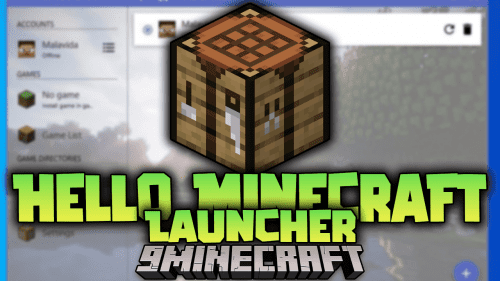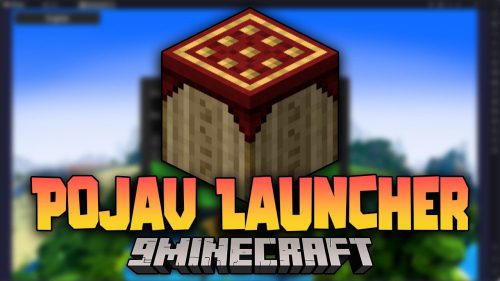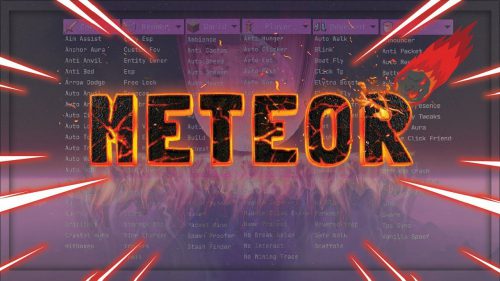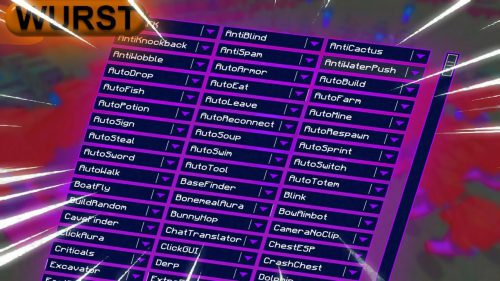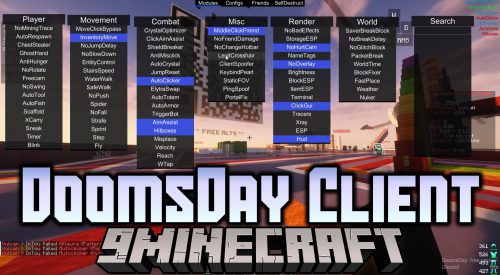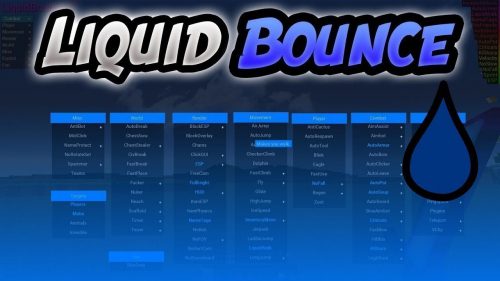NBT Tags for Mule – Wiki Guide
 96
96
 0
0
 January 1, 2024
January 1, 2024
This Minecraft tutorial explains the NBT tags (formerly called data tags) that you can use for a mule in Minecraft Java Edition (PC/Mac) 1.16, 1.17, 1.18, 1.19 and 1.20.
TIP: If you are not running Minecraft Java Edition (PC/Mac) 1.16/1.17/1.18/1.19/1.20, find NBT tags for mule in another version of Minecraft:
- Java Edition (PC/Mac) 1.14/1.15
- Java Edition (PC/Mac) 1.11/1.12
(If you are running Minecraft Java Edition (PC/Mac) 1.10 or older, use the EntityHorse data tags for a mule)
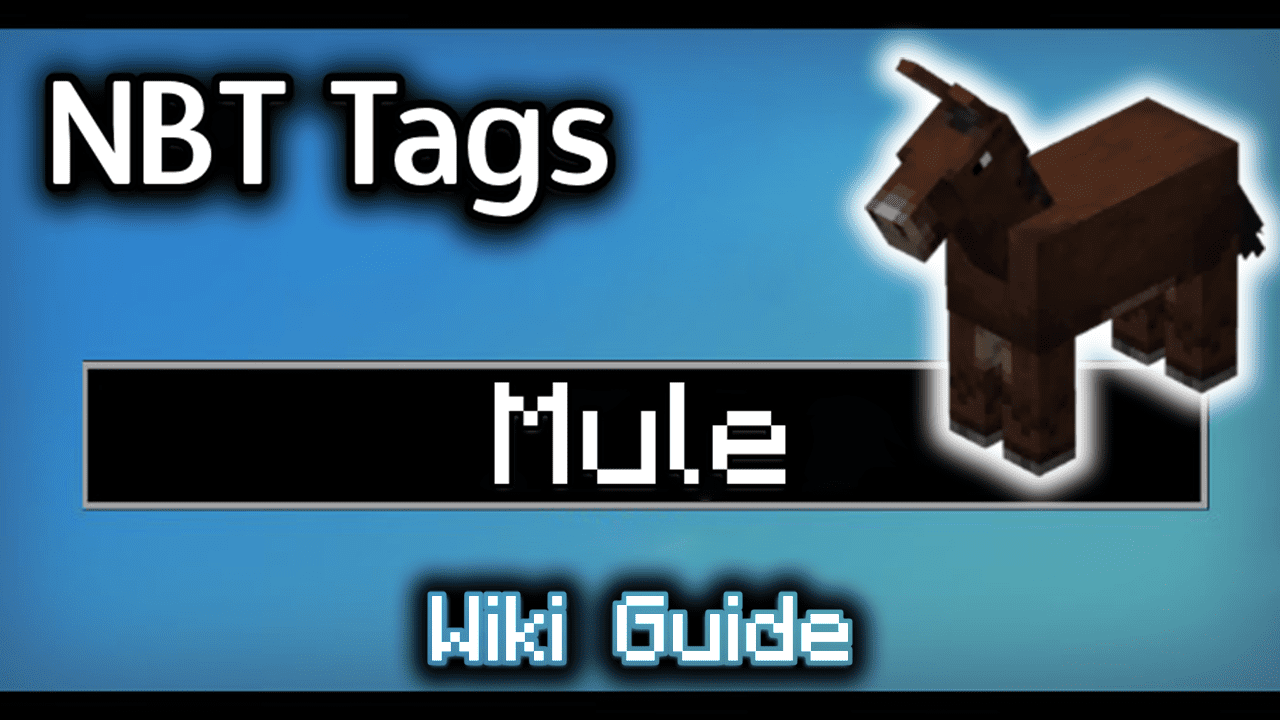
Background
In Minecraft Java Edition 1.16, 1.17, 1.18, 1.19 and 1.20, the entity value for a mule is mule. The mule entity has a unique set of data tags that can be used in Minecraft commands such as: /summon and /data.
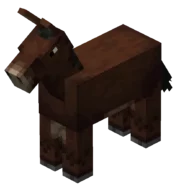
What are NBT tags (formerly called Data Tags)?
NBT tags allow you to set certain properties of an entity (such as mule). The NBT tag is always surrounded in {} such as {Tame:1}. If there is more than one NBT tag used in a game command, the NBT tags are separated by a comma such as {Tame:1, ChestedHorse:1}.
List of NBT Tags
Here is a list of the NBT tags that you can use for mule in Minecraft Java Edition (PC/Mac) 1.16, 1.17, 1.18, 1.19 and 1.20:
| NBT Tag | Value (Description) | Works With |
|---|---|---|
| Tame | 0 (The mule is wild) 1 (The mule is tame) Example |
/summon /data |
| SaddleItem |
If the mule is wearing a saddle, it is used to specify the Minecraft id for the saddle and number of saddles worn by the mule Example |
/summon /data |
| ChestedHorse |
0 (The mule is not carrying a chest) Example |
/summon /data |
| Items |
Items stored in the chest. It uses the Slot data tag to determine the location in the chest to add each item. The first Slot in the chest is Slot 2, second is Slot 3, third is Slot 4, and so on. Example The example above would add 1 diamond sword in the first slot and 64 light blue wool in the second slot of the chest. See list of Minecraft ids. |
/summon /data |
| Temper |
number (The temper of the mule which is a number from 0 to 100. The higher the number, the easier it is to tame the mule.) Example |
/summon /data |
| InLove |
ticks (The number of game ticks that the mule is in love mode and will try to breed with another mule) Example |
/summon /data |
| Bred |
0 (The mule has not bred) Example |
/summon /data |
| Age |
ticks (The age of the mule in game ticks. Use 0 or higher for an adult. Use a negative number such as -25000 for a baby.) Example |
/summon /data |
| ForcedAge |
ticks (When a baby mule matures, the Age data tag will be set to ForcedAged. However, there have been bugs with this data tag so it may not work properly.) Example |
/summon /data |
| EatingHaystack |
0 (The mule is standing normally) Example |
/summon /data |
| Leash |
Indicates the coordinates of the fence that the mule is leashed to. Example |
/summon /data |
| CustomName |
name (The name to assign to the mule) Example |
/summon /data |
| Health |
number (The number of health points the mule has) Example |
/summon /data |
| AbsorptionAmount |
number (The number of absorption health points the mule has) Example |
/summon /data |
| Invulnerable |
0 (The mule will take damage like normal) Example |
/summon /data |
| PersistenceRequired |
0 (The mule will despawn naturally) Example |
/summon /data |
| NoAI |
0 (The mule will have artificial intelligence and will move/behave like normal) Example |
/summon /data |
| Silent |
0 (The mule will make its usual noises in the game) Example |
/summon /data |
| Fire |
ticks (The number of game ticks until the mule is no longer on fire – there are 20 ticks in a second) Example |
/summon /data |
| PortalCooldown |
ticks (The number of game ticks until the mule can go through a portal again – there are 20 ticks in a second) Example |
/summon /data |
| Air |
ticks (The number of game ticks the mule has air left for) Example |
/summon /data |
| id |
mule (The entity value used to represent a mule in the EntityTag or Passengers tag) Example |
/summon /give |
| Passengers |
The mob that is riding on the mule. Use the entity value for the passenger mob Example of skeleton as passenger |
/summon /data |
NBT Tag Examples
To summon a baby mule:
/summon mule ~ ~ ~ {Age:-25000}
To summon a tame mule wearing a saddle:
/summon mule ~ ~ ~ {Tame:1, SaddleItem:{id:saddle,Count:1}}
Target Selectors
Before we finish discussing data tags, let’s quickly explore how to use the @e target selector. The @e target selector allows you to target entities in your commands. If you use the type=mule value, you can target mules:
@e[type=mule]
Target Selector Examples
To change the nearest mule to a baby mule:
/data merge entity @e[type=mule,limit=1,sort=nearest] {Age:-25000}
To kill all mules:
/kill @e[type=mule]
Next, learn how to use the game commands in Minecraft.
Command Examples
Here are some game command examples for a mule in Minecraft:




